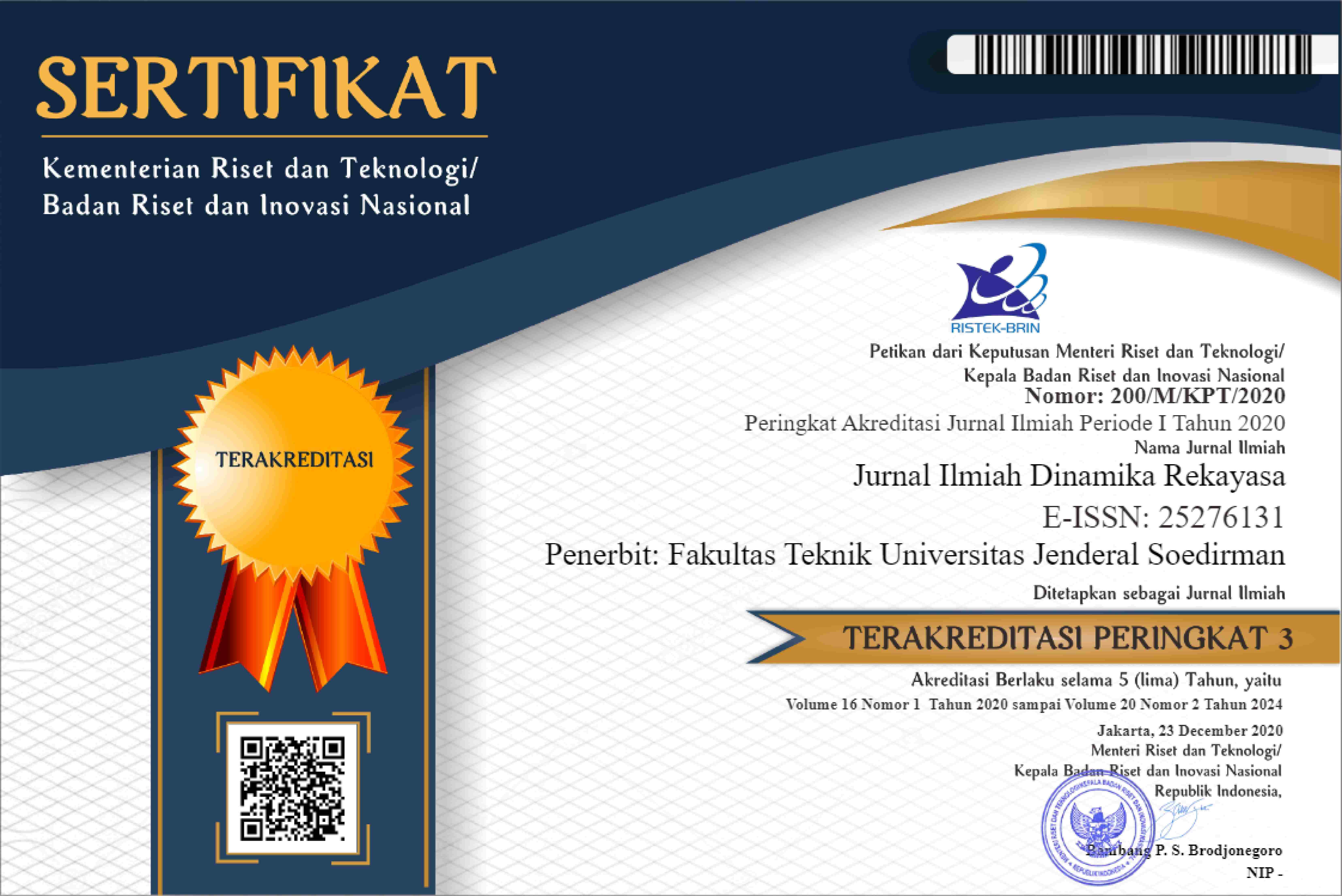Metode Bioprediksi Perubahan Iklim Menggunakan Fosil Polen Dan Sporapada Kala Pliosen di Daerah Banyumas
Rachmad Setijadi(1*), Asmoro Widagdo(2), Sri Widodo Agung Suedy(3)(1) Prodi Teknik Geologi Universitas Jenderal Soedirman
(2) Prodi Teknik Geologi Universitas Jenderal Soedirman
(3) Jurusan Biologi FMIPA UNDIP, Jl.Prof. Soedarto SH, Kampus Tembalang, Semarang
(*) Corresponding Author
Abstract
Pollen and spore fossil of Pliocene sedimentary (Tapak Formation) have been used as a guidance for prediction (bioprediction) of climate change which happened at Pliocene age in Banyumas. Geomorphological and vegetation changes happenin conformity with climate changes. By knowing pollen and shpore fossils, we can know thetype of vegetation whichproduce it. Then pollen and shprore fossils which found widelyon the sedimentary rock is an exact way for tracing of climate change which had happened. The aimof this research is to explore bioprediction method base on polen andsphore data, to know morphological change which happened because of climate change on Plioceneage in Banyumas.
This research consist of field and labolatory work. Field work is for taking rock sample andmaking stratigraphic collumn. Labolatory work consist of making plate from the samples using asetolisis methode, identification and clasification of fosils and palynology analisis.
The result of the research show that the research areacan be included on the zone ofPodocarpus imbricatusfrom Late Pliocene Age which is shown by presence ofPodocarpus imbricatusandStenochlaenidites papuanus.There has 3 events of climate change that are hot-cold-hot which corelate withtransgresion (relative sea level rise) andregresion (relative sea level drop)
Keywords
Full Text:
PDFRefbacks
- There are currently no refbacks.





